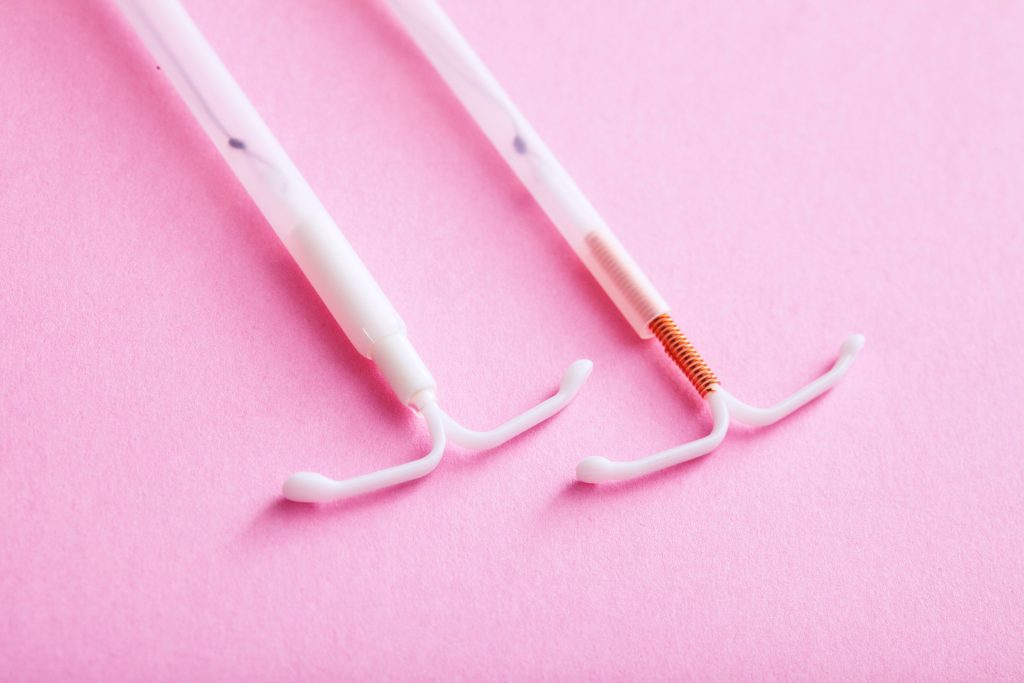Testing for pregnancy or ovulation at home has become super common—and for good reason! It’s convenient, easy, and lets you keep things private. You need to follow a few simple steps, and you will get your results in minutes. But have you ever wondered how these tests actually work? Or when is the best time to use them for the most accurate results?
Don’t worry; we’re breaking it all down for you. From how these tests detect changes in your body to tips on using them effectively, we’ve got all the details you need to feel confident and informed.
How Do At-Home Pregnancy Tests Work?
At-home pregnancy tests work by detecting the hormone hCG (human chorionic gonadotropin) in your urine. This hormone shows up not long after a fertilized egg attaches to your uterine lining, and its levels increase quickly in the early weeks of pregnancy. That’s why it’s such a reliable marker for testing!
Using the test is super simple. You will either hold the test strip in your urine stream or dip it into a cup of collected urine. After a few minutes, the results will appear—this could be lines, plus or minus signs, or even digital words like “pregnant” or “not pregnant.” Since each test can have slightly different instructions, it’s always a good idea to read the directions carefully to make sure you get the most accurate result.
At-home pregnancy and ovulation testing have made it easier for individuals to manage fertility and confirm pregnancies in a private and convenient way.
When to Take an At-Home Pregnancy Test
Timing is crucial for getting accurate results. Ideally, you should take an at-home pregnancy test after you miss your period. Testing too early might give you a false negative, as the hCG levels may not be high enough to detect yet.
If you’re anxious to test early, try using your first-morning urine. It’s more concentrated and tends to have higher hCG levels, making it more likely to show an accurate result. If you get a negative result but your period doesn’t show up, wait a few days and test again. This gives your body more time to produce detectable levels of the hormone.
How Do At-Home Ovulation Tests Work?
Ovulation testing helps you pinpoint your most fertile days by detecting a surge in luteinizing hormone (LH) in your urine. This hormone spikes just before ovulation, when your ovary releases an egg. Knowing when you’re in your ovulation window can be especially helpful if you’re trying to conceive.
These tests are pretty similar to at-home pregnancy tests. You’ll either hold the test in your urine stream or dip it into a collected sample. The result will show whether you’re close to ovulating. Some tests use simple lines, while others might display digital indicators, making it easier to read and understand the results.
When to Use an At-Home Ovulation Test
To get the best results from ovulation testing, you’ll need to track your menstrual cycle. Start testing a few days before the midpoint of your cycle. For example, if your cycle is 28 days, ovulation likely happens around day 14. Begin testing on day 10 or 11 to catch that LH surge.
It’s important to test at the same time every day for consistent results. Late morning or early afternoon urine is often the best time to test, as LH levels usually surge during these hours. Keep testing daily until you see a positive result indicating that LH surge, which means you’re nearing ovulation.
Accuracy of At-Home Pregnancy and Ovulation Tests
Both at-home pregnancy and ovulation testing kits are highly accurate when used correctly. Pregnancy tests can be up to 99% accurate when taken after a missed period, making them a reliable option. Similarly, ovulation testing can effectively pinpoint your fertile window when you follow the instructions precisely.
However, some factors can affect accuracy. For pregnancy tests, testing too early, diluted urine, or not using the test correctly can lead to false negatives. When it comes to ovulation tests, irregular cycles or certain medical conditions may impact the reliability of the results. To get the best outcomes, always follow the instructions carefully and consider any external factors that might influence the test.
Do’s and Don’ts for At-Home Testing
Do’s:
- Read and follow the instructions carefully.
- Use the first-morning urine for pregnancy tests.
- Test at the same time daily for ovulation tests.
- Keep track of your menstrual cycle to improve timing.
- Store the tests as recommended to ensure accuracy.
Don’ts:
- Don’t test too early, especially for pregnancy.
- Don’t drink excessive fluids before testing, as it can dilute hormones.
- Don’t reuse test kits.
- Don’t ignore unusual symptoms; seek medical advice if needed.
When to Visit a Doctor?
While at-home pregnancy and ovulation testing are reliable, there are situations where seeking medical advice is important:
- If you miss your period but consistently get negative pregnancy test results.
- If your ovulation tests never show an LH surge over multiple cycles.
- If you experience unusual symptoms, such as severe pain or irregular bleeding.
- If you’ve been trying to conceive for over a year without success (or six months if you’re over 35).
In these cases, a healthcare professional can provide more advanced testing and guidance to address your concerns and ensure you’re on the right track. Don’t hesitate to reach out if you feel something isn’t quite right—your health and peace of mind matter.
Common Questions and Concerns
- What if I get a faint line on a pregnancy test?
A faint line often means a positive result, as even low levels of hCG can be detected. Retest after 48 hours to confirm.
2. Can medications affect the results?
Certain medications, like fertility treatments containing hCG, can influence the outcome. Consult a healthcare professional if you’re unsure
3. What if my ovulation tests are negative throughout the cycle?
Irregular cycles or hormonal imbalances might be the cause. Consider consulting a doctor for further evaluation.
Conclusion
At-home pregnancy and ovulation testing are valuable tools for understanding your body and planning your pregnancy journey. They provide convenience, privacy, and quick results, making them a great first step for many individuals. By following the instructions, timing the tests correctly, and staying informed, you can maximize the effectiveness of these kits.
If you’re ever unsure or need more guidance, don’t hesitate to reach out to a doctor
References:
- https://my.clevelandclinic.org/health/articles/22489-human-chorionic-gonadotropin#:~:text=An%20at%2Dhome%20pregnancy%20test,levels%20to%20return%20a%20positive.
- https://medlineplus.gov/ency/article/007062.htm#:~:text=An%20ovulation%20home,several%20menstrual%20cycles.
- https://www.webmd.com/baby/how-to-use-an-ovulation-test#:~:text=For%20women%20with%20average%2028,days%20after%20starting%20your%20period.
- https://my.clevelandclinic.org/health/diagnostics/9703-pregnancy-tests#:~:text=Pregnancy%20tests%20look%20for,tests%20are%2099%25%20accurate.






